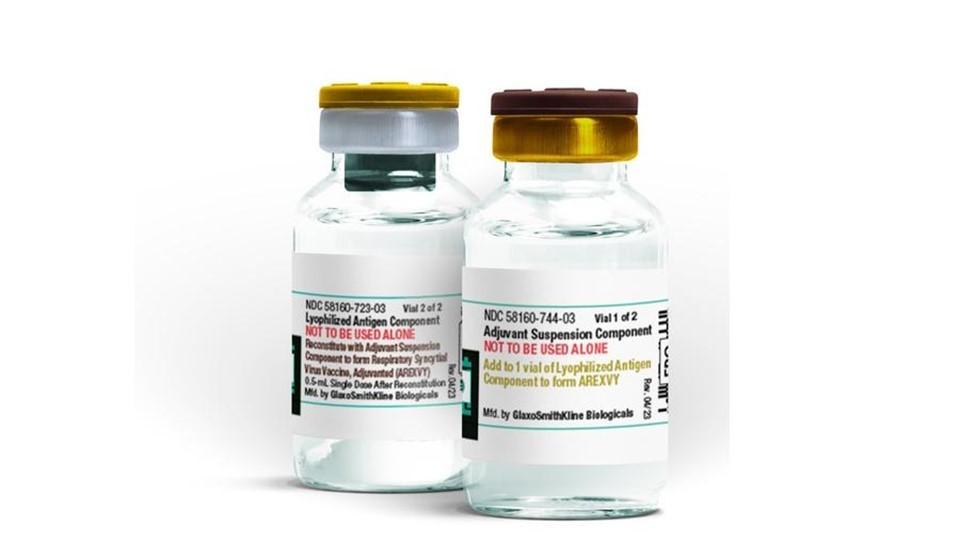Data-driven engagement: How big data is revolutionising patient experiences

Patient engagement has become a cornerstone of modern healthcare, yet many organisations still struggle to connect with patients in ways that truly resonate. Traditional outreach strategies often rely on broad demographic categories, rather than personalised insights, resulting in generic messaging that fails to engage patients effectively.
Big data is transforming this approach by providing healthcare organisations with a deeper understanding of patient preferences, behaviours, and motivations. By leveraging predictive analytics, people-based data and consumer insights, healthcare marketers can move beyond mass communication and deliver targeted, meaningful interactions that encourage patient action. This shift is more than just a marketing evolution – it’s a fundamental change in how healthcare organisations can foster patient relationships and improve health outcomes.
As healthcare organisations integrate big data into their engagement strategies, they gain the ability to personalise communication and reach individuals through their preferred channels. The result? A more engaged patient population that is empowered to take the right actions at the right time potentially leads to improved outcomes and a more effective healthcare system.
The power of big data in healthcare marketing
The challenge of patient engagement has traditionally been one of scale – how do healthcare organisations reach hundreds, thousands, or even millions of patients in ways that feel personal and relevant? Historically, demographic data provided only a limited view of patient needs, often treating individuals as part of a broad group, rather than unique consumers with distinct preferences.
Big data changes this equation by offering a more holistic view of patients, incorporating insights into demographics, behaviours, psychographics, and even social determinants of health. When analysing these factors, healthcare organisations can better understand not just who their patients are, but also how they engage with information and why they make certain healthcare decisions.
For example, different patients may respond better to different communication channels – some may be more engaged with digital platforms like social media or Connected TV (CTV), while others prefer traditional methods, such as direct mail or phone calls. By using predictive analytics and consumer insights, healthcare marketers can determine the most effective outreach methods for each patient segment, ensuring that health-related messages are received and acted upon.
This data-driven approach enables healthcare organisations to move beyond a one-size-fits-all model and create truly personalised engagement strategies, connecting with patients in more meaningful ways, improving communication effectiveness, and ultimately driving better health behaviours.
Personalisation at scale: Meeting patients where they are
Personalisation is at the heart of modern patient engagement. In nearly every other aspect of life – entertainment, shopping, and social media – consumers experience highly tailored content designed to fit their individual preferences. Patients now expect the same level of personalisation in their healthcare experiences.
Big data allows healthcare organisations to scale personalisation efforts by segmenting patients based on lifestyle, health behaviours, and engagement patterns. This segmentation ensures that patients receive messaging that feels relevant to them, rather than a generic reminder that might be ignored.
Consider a scenario in which a healthcare organisation is promoting flu vaccinations. A younger patient who frequently engages with digital content may receive an interactive reminder via social media, while an older patient with a history of responding to mailers receives a personalised postcard. A working parent who values efficiency might see an ad highlighting convenient weekend appointments, while a patient who prefers research-backed decisions receives an educational email with vaccination efficacy rates.
Healthcare organisations that tailor messages and delivery methods to align with patient preferences have the opportunity to significantly increase engagement and adherence to care plans. When patients receive information in a way that feels natural and convenient to them, they are far more likely to take action – whether it’s scheduling a check-up, refilling a prescription, or following through with a treatment plan.
The impact of data-driven engagement on patient outcomes
The ultimate goal of healthcare engagement is not just increased interaction, it’s better patient outcomes. Studies consistently show that engaged patients are more likely to adhere to treatment plans, attend regular screenings, and take proactive steps to manage chronic conditions. However, achieving this level of engagement requires more than just increasing the frequency of communication. It requires making that communication truly effective.
Data-driven engagement strategies allow healthcare organisations to reach the right patients with the right messages at the right time. Predictive modelling can help identify which patients are most likely to need additional outreach, whether they are at risk of missing an important appointment or have been historically disengaged from preventive care.
For instance, if data indicates that a particular patient group tends to delay annual check-ups due to scheduling or transportation conflicts, outreach can be adjusted to emphasise flexible appointment options. If another segment is less likely to engage due to cost concerns, messaging can focus on available financial assistance programmes. These targeted interventions help break down barriers to care and encourage patients to take the necessary steps to maintain their health.
Beyond individual health benefits, effective engagement strategies also contribute to a more efficient healthcare system. When patients receive timely preventive care, it reduces the likelihood of costly emergency visits and hospital readmissions. This proactive approach not only improves health outcomes, but also drives cost savings for both providers and patients alike.
The future of patient engagement
As technology continues to evolve, the role of big data in patient engagement will only become more critical. More specifically, omnichannel engagement will also play a major role in the future of healthcare marketing. Patients are no longer limited to a single point of contact with their healthcare providers; instead, they interact with healthcare content across multiple platforms. A truly data-driven strategy ensures that these touchpoints are connected, providing a seamless experience whether a patient is receiving a reminder via text, watching a health-related video on CTV, or engaging with an online portal.
At the same time, ethical data usage and privacy compliance will be more important than ever. As healthcare organisations leverage more advanced data-driven strategies, they must ensure that patient information is used responsibly and transparently. This balance between personalisation and privacy will be a defining factor in the success of future patient engagement efforts.
A path forward for healthcare marketing
Patient engagement is no longer just about reaching more people – it’s about reaching the right people in the right way. In an increasingly digital and data-driven world, healthcare organisations that embrace predictive analytics, consumer data, and personalised outreach will be the ones that drive real impact.
The future of patient engagement is here, and data is at the centre of it. Organisations that invest in data-driven strategies today will set new standards for healthcare marketing, fostering deeper patient relationships and ultimately creating healthier communities. The question is no longer if data will revolutionise patient engagement – it’s how quickly organisations will adapt to this new reality.
About the author
 Christine Lee is head of health strategy & partnerships for predictive data innovator, AnalyticsIQ. Lee has over a decade of experience in the data and analytics space and has worked with industry leaders across verticals like healthcare, pharma, non-profits, and more. She lives in Central Florida with her family, dogs, and cats – a house full of love!
Christine Lee is head of health strategy & partnerships for predictive data innovator, AnalyticsIQ. Lee has over a decade of experience in the data and analytics space and has worked with industry leaders across verticals like healthcare, pharma, non-profits, and more. She lives in Central Florida with her family, dogs, and cats – a house full of love!













